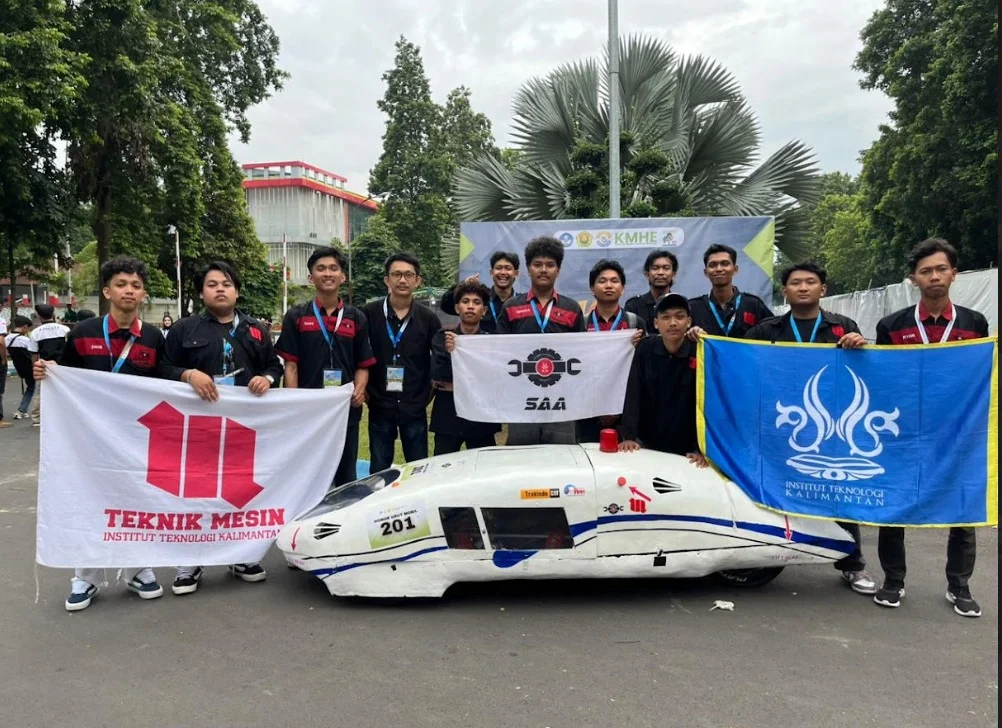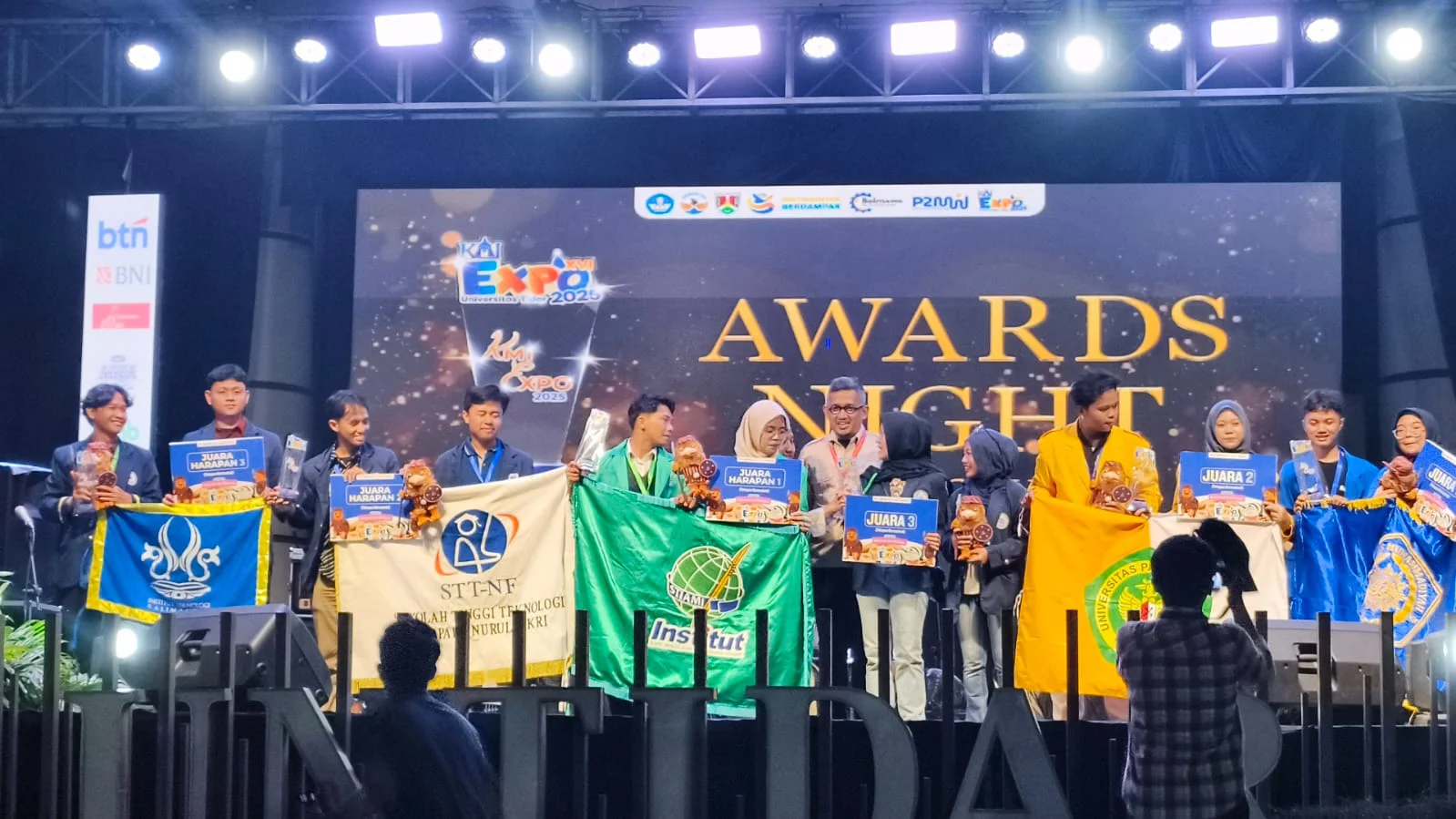Detail Berita
Megatrusht: From a Simple Workshop to a National Arena, an Energy Efficient Vehicle Innovation Created by the ITK SAA Team for the 2025 KMHE

Isi Artikel
Balikpapan - The journey of the SAA ITK Team toward KMHE 2025 began with a simple experiment in the campus workshop, when they assembled a small Formula Student style car named MEGATRUSHT for internal exhibitions. From that experience came the ambition to transform Megatrusht from a display vehicle into a genuine energy efficiency prototype capable of competing on a national stage. When KMHE 2025 was announced, the competitive atmosphere bringing together engineering teams from campuses across Indonesia, became the perfect arena to validate their innovation in real world conditions.
Megatrusht was engineered as an energy efficient prototype vehicle that prioritizes maximum efficiency through extensive reworking of the engine system, fuel system, chassis, and aerodynamics. One of its most notable innovations is the fuel injection system that operates without an electric fuel pump an adaptation to KMHE’s strict regulations that pushed the team to design a low pressure, stable, energy saving, and vibration resistant fuel supply mechanism. This innovation emerged from continuous trial and error, technical observations, and deep discussions with supervising lecturers, resulting in a fuel system that responds well without compromising fuel consumption.
In the drivetrain sector, a standard manual engine was modified into a semi automatic transmission with optimized gear ratios and reduced friction loss to achieve the engine’s most efficient operating point. This approach is rarely used in the Prototype category, yet it delivered a significant impact by allowing Megatrusht to run steadily with minimal fuel usage.
Physically, Megatrusht features a handmade low cost aerodynamic body crafted in just about 20 days before the technical inspection. Without access to a professional wind tunnel, the team relied on simple simulations and manual airflow analysis to shape the nose, tail, and lightweight panels that reduce drag and improve vehicle stability. The tubular frame and suspension system were also engineered to minimize energy losses, ensuring that the engine’s power is transmitted as efficiently as possible.
Throughout the development process, the SAA ITK Team faced a range of challenges from incompatible components to system failures and limited workshop resources. Yet these hurdles ultimately shaped the team’s character: late night technical discussions, impromptu midnight football matches in front of the workshop to keep spirits high, and casual meet ups to solve both technical and non-technical problems. The most emotional moment arrived when Megatrusht officially passed the Technical Inspection, proving that the innovations they built despite limited resources met national standards for energy efficient vehicles.
Today, Megatrusht is no longer just a competition project; it has become a platform for ongoing research. The SAA ITK Team plans to further develop a more stable fuel system, create a next-generation aerodynamic design, and strengthen collaboration with the automotive industry. For them, competitions like KMHE are not about prestige or finalist titles they are about providing students with real opportunities to build technologies that are tested by reality. Their message is simple: if you want to truly learn engineering, build something, test it, improve it, and let your innovation speak for itself on the field.
Isi Artikel
Berita Terpopuler
Research and Community Service
.webp)
Tags
Inovation Achievement CampusTags
Inovation Achievement CampusBerita Terpopuler
Research and Community Service
.webp)
Berita Terbaru
 News
News
an Energy Efficient Vehicle Innovation Created by the ITK SAA Team for the 2025 KMHE
 News
News
Nature-Based Solution for Water Resources Infrastructure Idea Competition 2025
 News
News
ITK Students Wins Third Runner-Up at KMI Expo XVI 2025
.webp)
.webp)